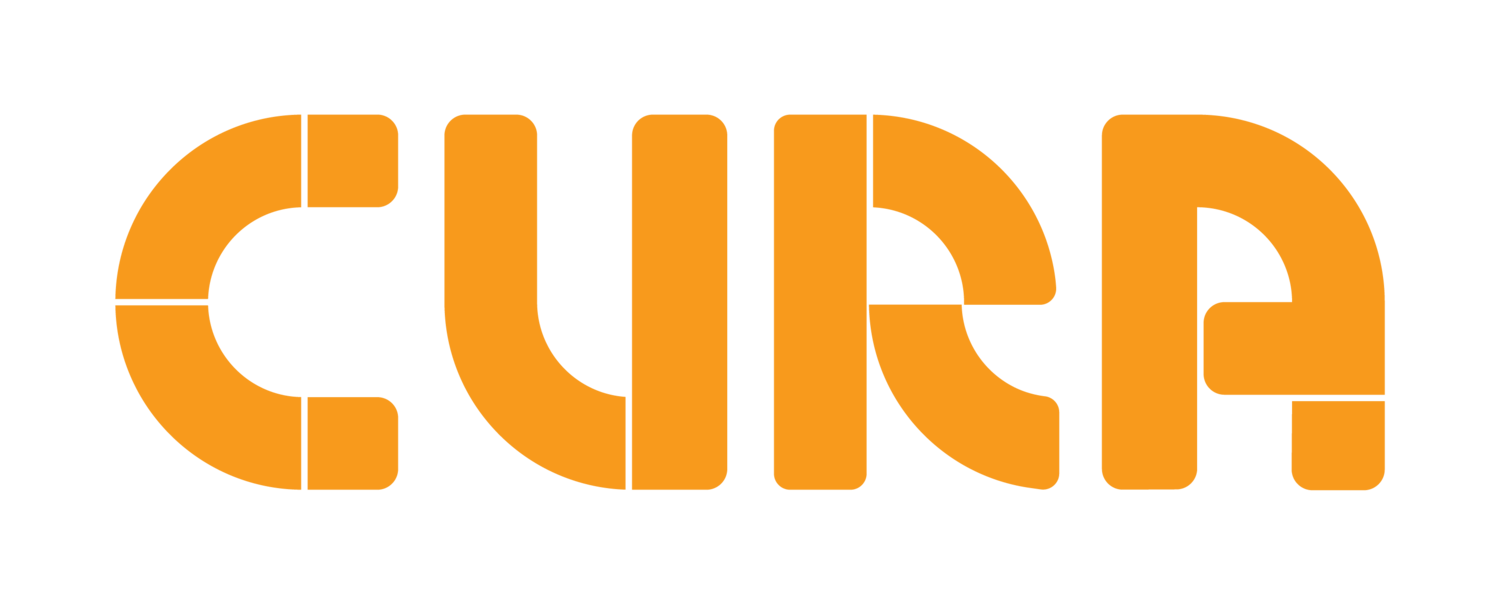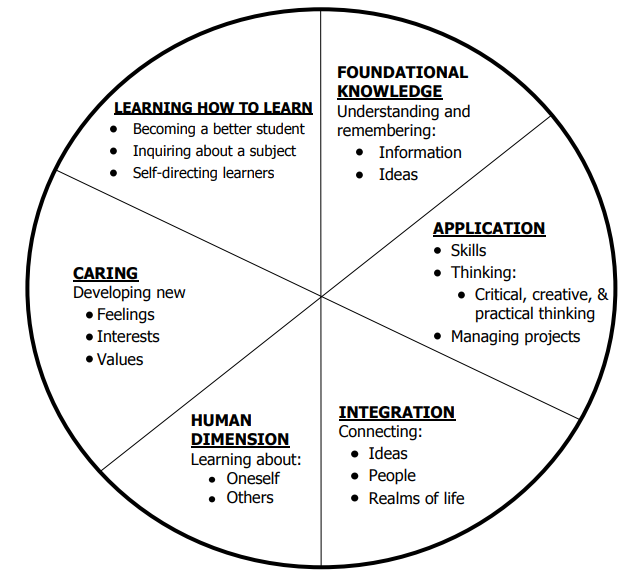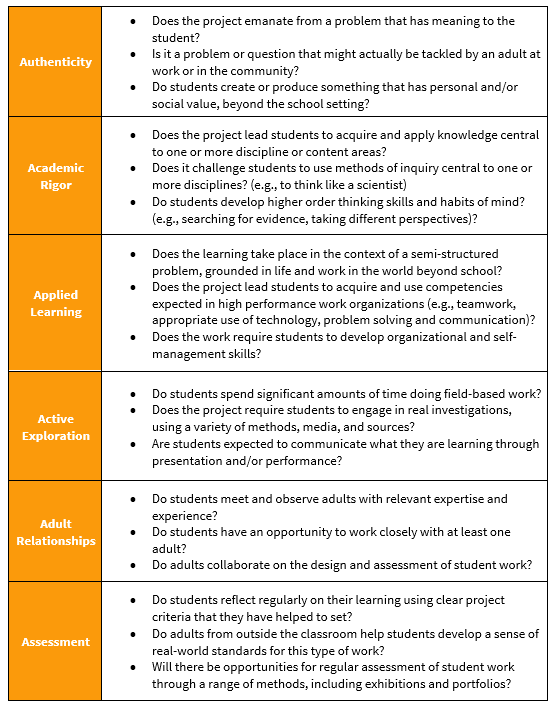Putting the theory into practice
Making PBL work at My Independent School
Kirsty Patten – Learning Facilitator
My Independent School (MIS - previously Maleny Independent School) is a small high school on the Sunshine Coast. It is founded on an ethos of promoting a flexible and authentic approach to learning. This approach seems to be striking a chord with parents. Since its founding in 2018, MIS has already outgrown its original site and had to relocate!
There are many challenges in establishing a new independent school. One of the most important is deciding on the philosophy which you want to underpin your curriculum.
MIS decided that “an inclusive learning community nurturing young people to flourish and be their authentic selves” would be our motto. This gave us a place to start, but we needed to work out how to put this into practice. A small teaching team, disengaged learners, and multi-age classes were just some of the obstacles we had to contend with.
Project-based learning at MIS – the theory
Early in our curriculum planning, we decided to centre our curriculum delivery around Dr Lee Fink’s Taxonomy of Significant Learning. We were particularly keen to emphasise the ‘Human Dimension’ and ‘Caring’ elements of Dr Fink’s taxonomy. We wanted students to not just learn content but, in the process, learn more about themselves, about others, and about how to interact with each other.
Fink, L. D. (2003). Creating significant learning experiences: An integrated approach to designing college courses. San Francisco, Calif: Jossey-Bass.
After looking at Dr Fink’s model, we decided that project-based learning would be the approach we took to implementing our curriculum philosophy. We felt it best satisfied the many different elements of Dr Fink’s model. We also were sure that it would help make the curriculum more meaningful for students, and that it would allow them to interact with it in a more engaging way.
This created a second question. What exactly should a good project-based learning unit look like?
Again, we dived into the research. We found Adria Steinberg’s Six A’s of Designing Projects very useful in scaffolding our planning for what we wanted our PBL curriculum units to look like.
Project-based learning at MIS – the practice
It’s common to decide on an ideal model of what you want curriculum to look like, only to abandon (or forget) it once the harsh realities of classroom teaching and curriculum design set in. However, we have so far been able to do all of engage students, cover the whole curriculum, meet reporting and assessment criteria, and execute on the key pillars of our chosen teaching and learning models.
We’ve used Cura’s curriculum to help us put the theory into practice. We started with Science-based curriculum units and found that the students were much more engaged. This is despite the fact that, as a new school, we had no lab and not much equipment. This almost seemed to add to the authenticity of the tasks – students felt like citizen scientists solving problems in the field, rather than these problems being only an abstraction in a science lab.
We’re still refining how we shape this curriculum to address the elements of our desired curriculum model. Though still a work in progress, we have found the below steps helped ensure that the units were a success and that we remained true to the pedagogical models we were striving to implement.
Authenticity. We carefully chose each project topic and real-world context based on the interest that our students already possessed. In cases where there was no or little student interest, we carefully planned how we could get them excited. This generally involved making the content real and local for them, or giving them a challenging but fun end product to create
Academic rigour. We matched the outcomes of the unit to the year level achievement standards across a range of curriculum areas. This not only ensured the units would strengthen student understanding through transfer learning; it also meant we could cover multiple curriculum areas in the same unit
Applied learning. Giving students a real-world unit is always a ‘wait and see’ exercise first time around. We knew our learners and were certain that the hands-on nature of the unit was going to engage them. However, we weren’t sure how productively they would work in groups. This was one of the biggest challenges we faced, especially because of our small cohort size. However, we found that by explicitly teaching them collaboration strategies and by shuffling groups based on what students wanted to work on as an end product, they could co-create effective solutions
Active exploration. We made sure to give students at least one or two opportunities for deep exploration of the content and the problem across the unit. We chose when to conduct these based on what we thought would be most engaging for students or what we thought would most help them connect content knowledge to the real-world context. Engaging students in real investigations was challenging at times due to our limited resources. But, as I mentioned earlier, it did give tasks a unique level of authenticity
Adult relationships. As a small school, we worked closely with students to guide them and give them people to learn from. One of our criteria in choosing projects was whether we had a member of staff or someone in the school community who students could work with and who either had expertise in the type of solution students would create or knowledge/expertise on the problem they were solving. This was easily one of the most rewarding aspects of each unit
Assessment. We achieved our primary goal of engaging learners. We can build off this base in future years to further refine our assessment approach, especially across the unit
MIS is only at the start of our journey. Though we’ve only just begun using PBL to generate more real-life learning opportunities for our students, we are excited with the early success we’ve had. We look forward to seeing the benefits this type of curriculum delivery will provide not just for our students but also for our teachers and for the wider school community!
Do you know an educator who wants to increase hands-on, real-world learning in their classrooms? If so, please share this article with them!
If you want to learn more, get in touch at hello@curaeducation.com.



